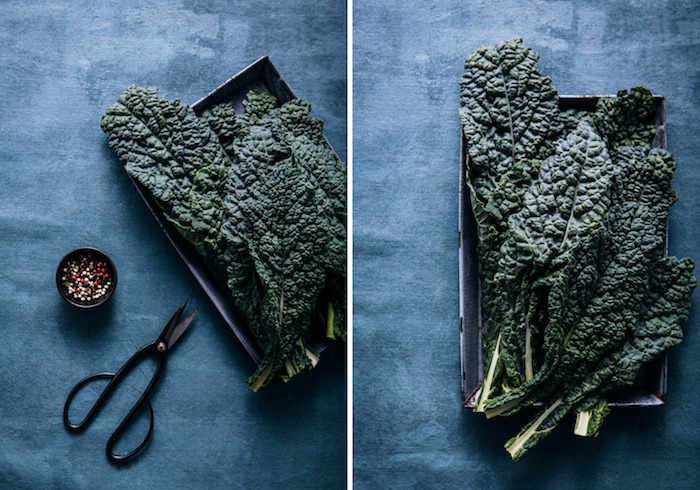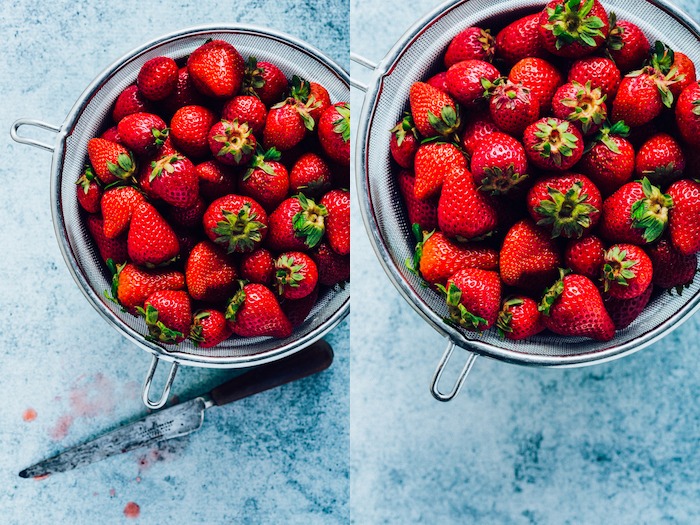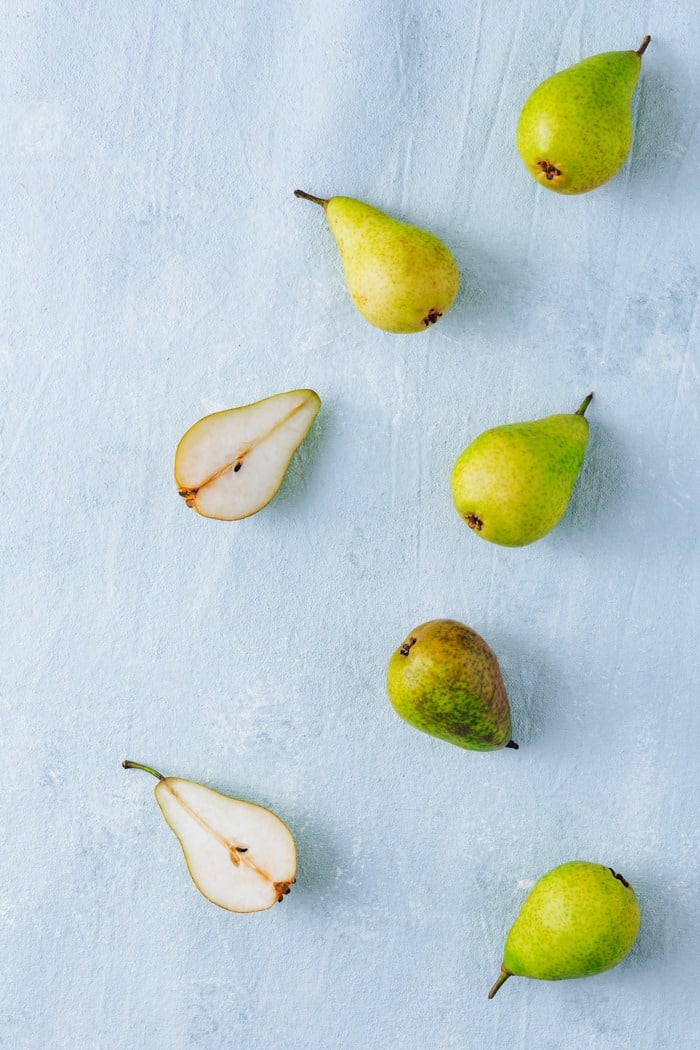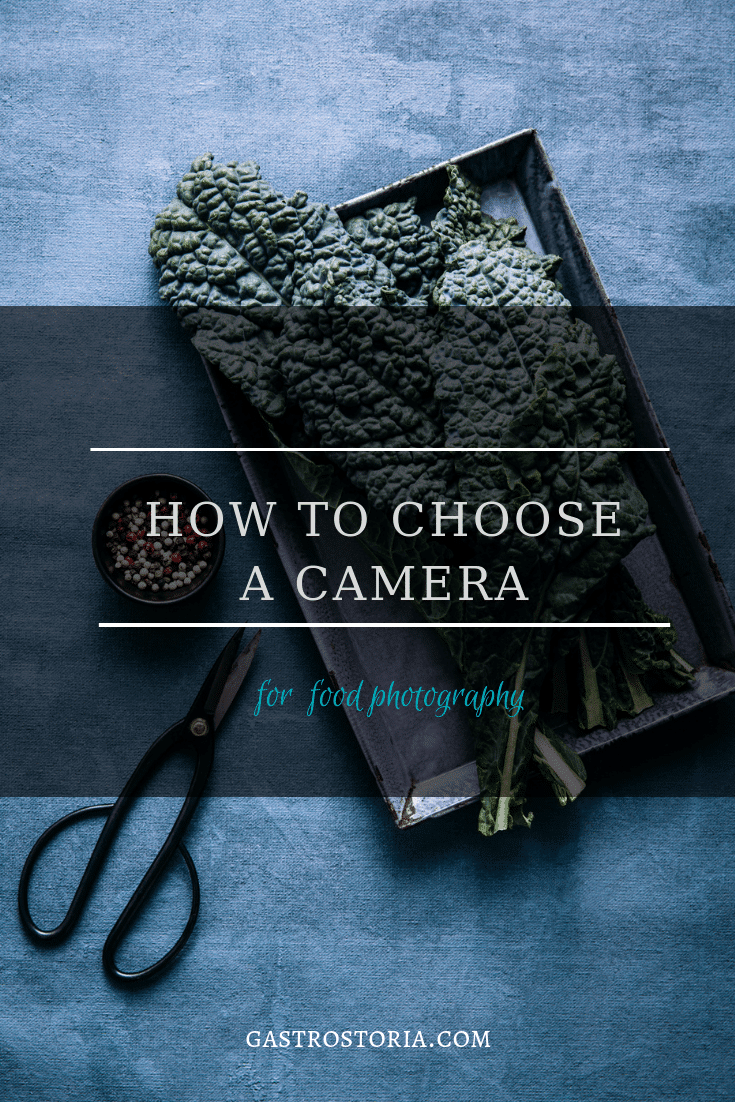
Purchasing a new camera can be overwhelming. There is no camera body that is a one-size-fits-all. Features that are crucial for one genre of photography may be completely useless for another.
As a food photographer, you typically don’t need a lot of the bells-and-whistles that modern cameras offer. And with so many cameras at so many price points, there are options available to suit every budget.
Let’s take a look at some things you should consider when shopping for a new camera for your food photography.
Size of the Sensor
The first thing you should consider when looking for a new camera body is the size of its sensor.
Will you buy a camera with a cropped sensor or will you invest in a full-frame?
This decision will most likely be influenced by your budget.
A full-frame sensor matches the 35mm cropped standard of a traditional film camera and is the more expensive option.
A cropped sensor is cheaper for camera manufacturers to produce, which makes great-quality digital cameras available to a wide variety of consumers. These are often referred to as “prosumer” cameras and they are more affordable.
You can take great images with a camera with a cropped sensor. The main issue is that your lenses will behave differently on a camera with a cropped sensor than they will on one with a full-frame sensor.
For example, I started shooting my food pictures with a Canon Rebel, which has a crop factor of 1.6. This means that you multiply 1.6 times the focal length of the lens you are using to get the actual focal length that your images will appear to be taken at.
So on the Canon Rebel, a 50mm lens behaves more like a 80mm lens, which is actually a great focal length to shoot with on a full-frame camera.
Size of the Files
File size is something you should consider if you intend on printing your images.
If you’re a food blogger, you may be shooting mostly for the web, but if you want to write a cookbook one day or license your images through stock agencies, you’ll need a camera that can produce large files. This means your images should be at least 3000 pixels on the short side.
Your camera should also be able to shoot RAW files.
If you’re not shooting RAW, then you need to start as soon as possible.
RAW files are basically a digital negative. They can withstand endless editing without experiencing a decrease in image quality–unlike a JPEG, which is degraded with every edit.
A RAW file packs thousands of time more information and colour luminance than a JPEG, which gives you endless freedom in how you approach your post-processing.
Working in RAW need not be intimidating. RAW files come straight-out-of-camera lacking contrast and looking rather flat, but a few basic edits in Lightroom can take care of that.
Just be aware that RAW files are large and take up a lot more space on your computer.
ISO Level
When you shoot food, you should be working on a tripod most of the time.
There will be instances when you have to handhold your camera, like when shooting in a restaurant kitchen, or on a farm or vineyard. In these types of scenarios, you need a camera that can handle a relatively high level of noise.
However, using a high ISO degrades image quality.
If you’re going to be shooting in low-light conditions, do an ISO test on the camera before the shoot to see how far you can push it. Depending on the camera, you may be able to push it quite high before you start to see large grain or a significant decrease in image quality.
You can greatly reduce the noise in an image in Photoshop or Lightroom. There is also a great plug-in for both of these programs called Dfine that I recommend and use on a regular basis.
That being said, you cannot completely rescue an image of very poor quality in post-processing.
Number of Focus Points
I have found this to be one of the biggest factors that has influenced my decision about which camera to get when making a new purchase.
Because I have less than perfect vision, I rely on automatic focusing mode rather than manual focus.
Even if you use manual focus, it’s very easy to miss focus even if you’re just a tiny bit off.
If you have a camera with only nine focus point, chances are there will be many times where you can’t get one of the focus points exactly where you need it.
This can be very frustrating.
My recommendation is that you look for a camera that offer the most focus points you can get for the price you are willing to pay.
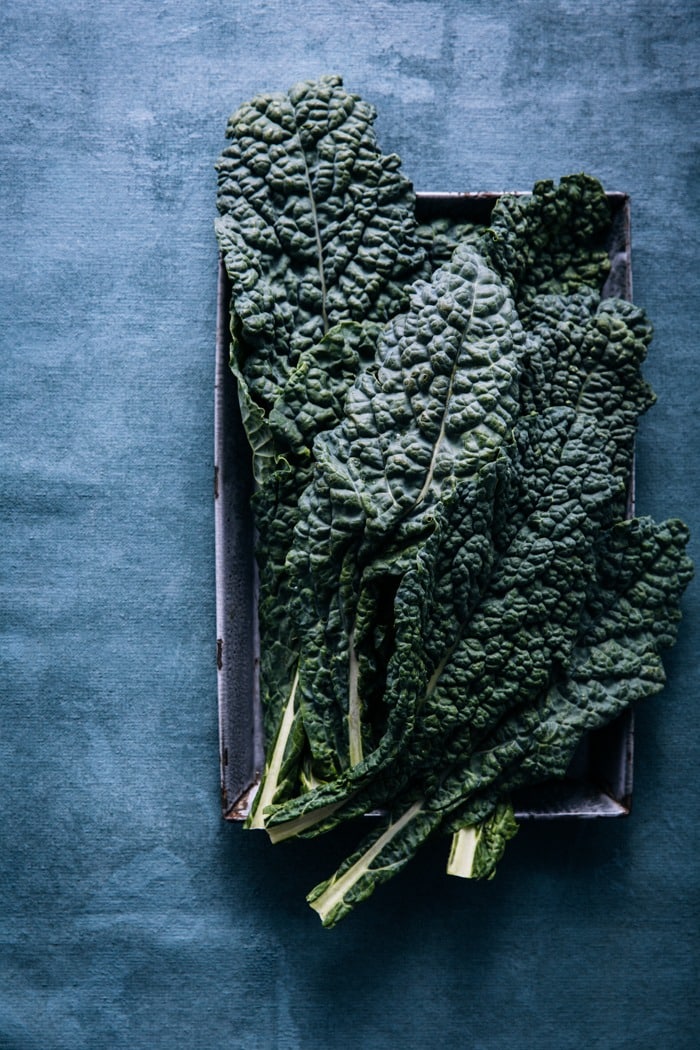
These are the main features you need to consider when shopping for a new camera body. When it comes to food photography, the ability to take sharp, high resolution images is key and should be your top priority.

